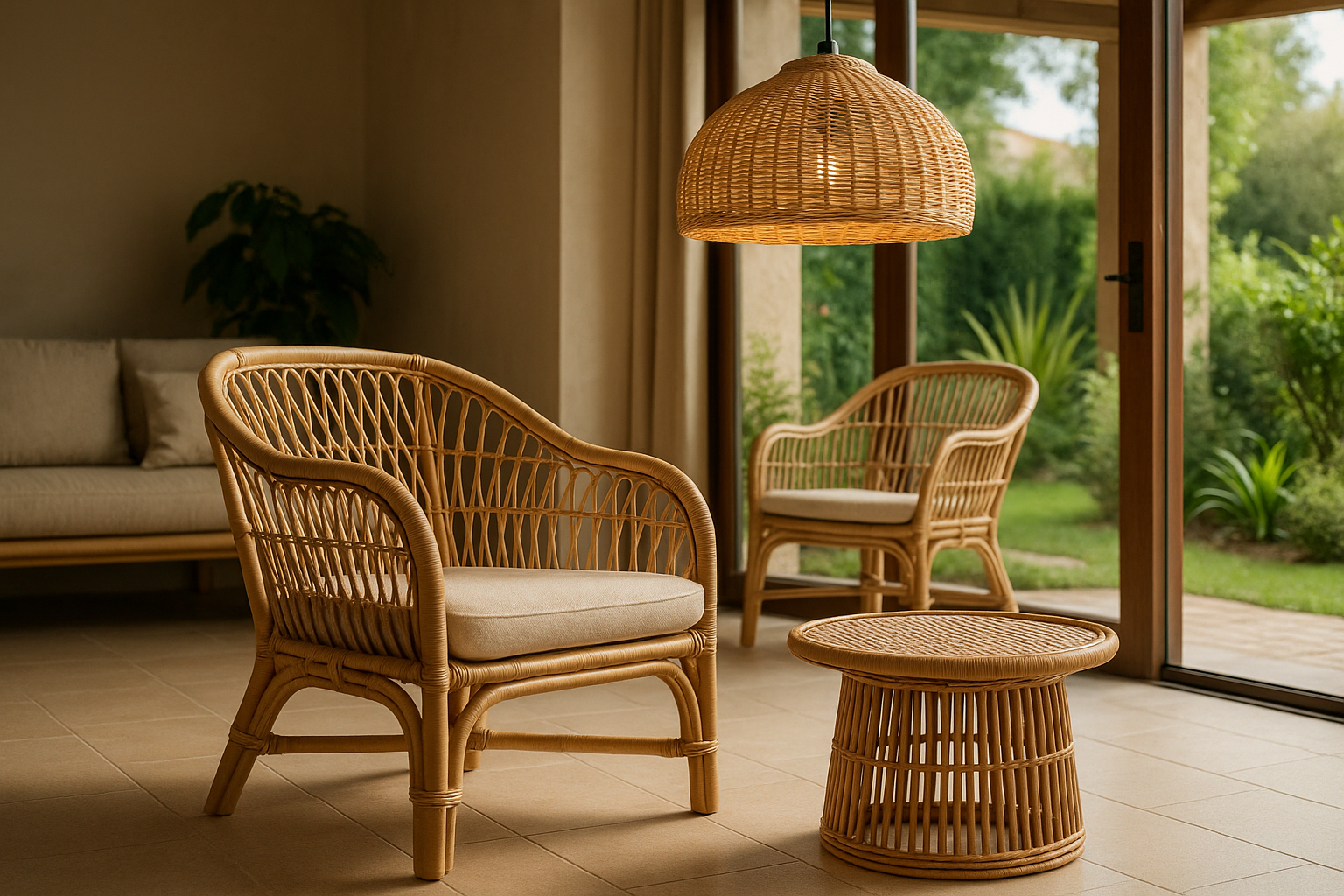Rocking Chairs: Design, Materials, and Care
A rocking chair combines simple motion with practical design, offering comfort and a gentle rhythmic movement that many find soothing. This article explains what makes a rocking chair distinct, which materials and woodworking techniques are common, how it fits into home furniture layouts, and practical tips for choosing and caring for a wooden chair to keep it functional and attractive for years.

What defines a rocking chair?
A rocking chair is a chair mounted on curved rockers that allow a gentle back-and-forth motion. The defining elements are the rocker rails, a supportive seat, and usually a backrest and armrests. While styles vary—from high-backed porch rockers to compact indoor versions—the key functional requirement is stability: proper rocker radius and length to balance motion without tipping. Historically, rocking chairs have been made from many materials, but they are most commonly associated with wooden construction, which lends strength and a warm aesthetic.
How does a rocking chair fit in furniture layouts?
Including a rocking chair in a room depends on scale and purpose. In living rooms, a rocking chair can create a cozy reading nook if positioned near a lamp and side table. On porches or patios, a pair of rockers can frame an entrance and encourage conversation. Consider clearance for the rocking arc—usually at least 18–24 inches behind and in front—and coordinate style with surrounding furniture. Because rocking chairs can be both utilitarian and decorative, selecting complementary finishes and fabrics helps them integrate with sofas, side tables, and shelving in a balanced layout.
What woods are commonly used for rocking chairs?
Several wood species are popular for rocking chairs for their strength, workability, and appearance. Oak is valued for durability and a pronounced grain; maple offers a smoother, lighter look and resists dents; cherry darkens with age and has a rich tone; and walnut provides a deep, elegant finish. Softwoods like pine are sometimes used for a rustic or country aesthetic but require careful construction to ensure longevity. Choice of wood affects weight, feel, and finish options—dense hardwoods create sturdy, long-lasting rockers while lighter woods may be easier to move.
How does woodworking affect performance and comfort?
Woodworking techniques determine a rocking chair’s durability and comfort. Joinery methods such as mortise-and-tenon or dowel joints create strong connections that resist the repetitive stresses of rocking. Shaping the seat—whether a solid contoured seat or woven seating—affects ergonomics; a well-carved seat distributes pressure and improves long-term comfort. Sanding, finishing, and sealing protect the wood from moisture and wear. Properly designed rockers use an appropriate curve and length so motion is smooth; poor construction can lead to uneven rocking or noisy joints.
How to choose and maintain a wooden chair?
When choosing a wooden rocking chair, test how it feels: try the seat depth, back angle, and armrest height to match your body and intended use. Inspect joints and rocker curves for smooth motion and solid construction. For maintenance, keep the chair clean with a soft cloth and mild cleaner; avoid prolonged exposure to direct sunlight and moisture. Reapply a suitable finish—wax, oil, or varnish—when surfaces look dry or worn, and tighten loose screws or joints promptly. If cushions are used, select breathable fabrics and rotate them to reduce uneven wear.
Conclusion
Rocking chairs are a versatile form of furniture that blend function, comfort, and craftsmanship. Understanding the influence of wood species, construction techniques, and ergonomic design helps when selecting a chair for a particular space or when planning a woodworking project. Regular maintenance preserves both appearance and operation, extending a chair’s useful life. Thoughtful placement and attention to materials ensure a rocking chair remains a durable and inviting element in the home.






